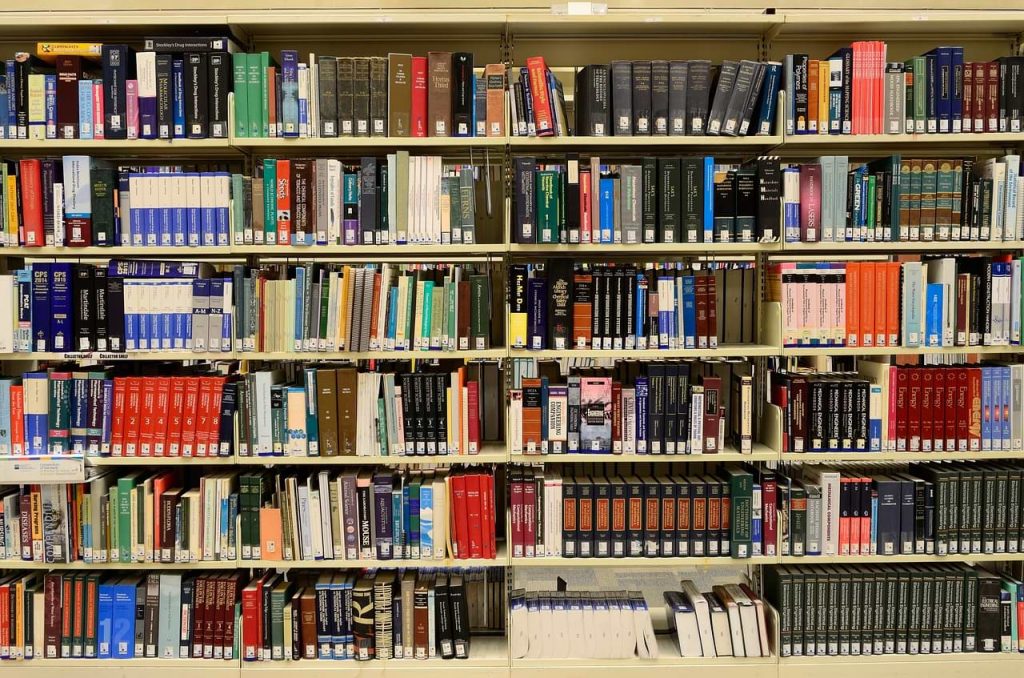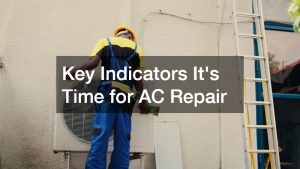For the most part, there are various types of education available all over the world. While some school systems in other countries have different practices from ours, generally, there are standards set so that there are equivalents that allow people to continue schooling even in another country.
However, education isn’t limited to the specific types you’d think. Prior to the educational system, we have today, in the earlier days education was limited to noble children who were taught by tutors approved by their parents. Today, there are laws protecting a child’s right to enter school. But still, there are several types of education based on the formal or informal setting of a student’s education to the different levels of education available for different students from preschool to the highest levels of education.
Formal Education
If you’ve been through the current regular way of schooling, be it from a public or private school, you can say that you’ve had a formal education. This is the systematic way where a person attends a school or university and receives training from teachers that are equipped and licensed to teach you what you need to know.
While there are various types of schools (sectarian, non-sectarian, co-ed, all-boys or girls), the fact that you went to a school means that you were taught the same thing other schools teach their students. There may be some differences (for example, a private Catholic school may teach their students about religion while a public school doesn’t), but all schools must adhere to a certain standard of quality based on factors such as how well students do in standardized tests against other schools.
Some schools around the world have different formal education systems, but most schools follow the K-12 program of the United States. In this system, a student starts their education at kindergarten at the age of six and then makes their way through years of education until they reach 12th grade by the age of 18. From there, they have the option of finding work with their high school diploma or seek further studies. Formal education also encompasses undergraduate and post-graduate studies as long as they follow the systems set by the governing bodies for that country’s educational system.

Informal Education
Informal education refers to the ways children learn outside of the classroom. A child in a traditional formal educational system can also have an informal education. For example, a child can have a formal education during class hours by attending school. After school, they have after-school programs like clubs or team sports that help them learn other skills – this is a kind of informal education. Or if their class takes a field trip to a museum, library, or anywhere educational – this is also considered informal.
Informal education also includes anything as simple as a parent teaching their child in passing. For example, when an adult teaches a child how to tie their shoelaces within five minutes, this is also a form of informal education. Basically, anything that is outside the four walls of a classroom that is taught by someone who isn’t trained to be a teacher can be considered informal education.
Another form of education that can be considered informal is homeschooling. The type of homeschooling children in the United States receive depend on the state laws where they are physically present. While children in states like New York, Vermont, and Pennsylvania require strict requirements for homeschooling like achievement test scores, a curriculum approved by the state, and proof that the child’s parents are qualified to teach, other states like Texas, Alaska, and Iowa do not require parents to inform the state of their decision to homeschool their child nor are there any standards or requirements parents have to comply with.
Non-Formal
Non-formal learning is the balance between formal and non-formal education. While there is a form of structured learning, there is no approved curriculum or certification associated with formal learning. At the same time, it’s more structured than informal learning where education takes place spontaneously.
One example of this is swimming lessons for young children, sports programs, Boy and Girl Scouts, adult education courses, sports programs, and seminars. These are meant to improve skills and peak interest and provide all the benefits of both formal and informal learning.
Special Education
Special education (also known as SPED) are classes for students with individual differences and needs and may not be able to cope with the rigid standards of traditional formal education. Contrary to popular belief, this isn’t limited to children with developmental disabilities such as being on the autistic spectrum and can also cater to students with conditions such as dyslexia, ADHD, physical disabilities, and other conditions that may impair their ability to learn in a regular class setting.
Around 2.4 million students in the United States have learning disabilities. To qualify for SPED education, a student needs to have a documented disability and needs SPED to learn general education. However, this doesn’t mean that children with disabilities will be quarantined away from children from regular classes throughout their schooling. In fact, when applicable, SPED students and regular formal schooling students can be in the same classes.
Preschool
Moving onto the types of education according to the educational level, the first level is preschool. Also known as kindergarten or pre-primary school, this is offered to young children from early childhood before they begin mandatory primary school education. These can be privately operated or publicly operated with a subsidy from the government.
Preschool’s history comes from the fact that, in the mid-18th century, only children who knew how to read and write were allowed to attend school. This made education inaccessible to children of lower-class families whose mothers were working in factories, so by 1779, the first establishments for caring and educating young children while their parents were away at work were created. Since then, the practice spread around the world.
Preschools come in different terms around the world because there are different standards to when a child should start their education. In some countries, preschools are completely optional; if parents can ensure their child is capable of reading, writing, and other important skills by the age of six or when they are required by law to start elementary school, they can skip preschool altogether. In other countries, however, it is required by law to start a child’s education as early as two years old.
In the US, daycare and pre-kindergarten are optional for parents who want their kids to get a head start on learning as well as improve their social interaction before they actually start mandatory kindergarten at the age of six.
Elementary School
After kindergarten, students attend elementary school from ages 6 to 13 years old. This part of their education provides fundamental skills such as reading, writing, mathematics, and other general knowledge to prepare them for secondary school.

Secondary Education
This may be divided into lower secondary education (“middle school”) and upper secondary education (“high school”), but some educational systems may just group these into a general high school system. This is one step above primary school as not only do they learn advanced general knowledge from what students are originally taught in elementary, but they can also start learning vocational topics which can be useful either as a jumpstart to their chosen career after high school or as a foundation for tertiary education.
In the United States, students ages 13-18 are required to attend high school. However, if you are 18 years old or older or if you’re still a minor but your parents will consent to it and you comply with the conditions, you can opt to drop out. Simply choosing to leave without warning is considered truancy, which can mean being sent to the juvenile system or criminal charges for your parents.
Another alternative to finishing high school is by taking your General Educational Development tests, also known as your GED. These are tests that prove you have the academic level and thinking capability of someone who would have graduated high school. If you dropped out of high school but want to enter a job position that requires a high school diploma or plan to pursue tertiary education, having a GED is the equivalent of a high school diploma.
Post-Secondary Education
We’ve discussed everything you need to know about post-secondary education in a separate article, so if you want to learn more about continuing studies after high school, you can read about it on the page.
Post-secondary education, also known as tertiary studies and continuing studies, consists of college undergraduate degrees, postgraduate degrees (including graduate school and specialized schools like law school and medical school), vocational schools, and non-degree certificate programs. These are all optional educational paths for those who want to specialize their knowledge in a certain field.
While students aren’t required to take post-secondary education after high school, some career paths (doctor, lawyer, architect, engineer, etc.) require a college diploma. Also, having a diploma or certificate provides graduates with a competitive edge in the job market, though this is not an assurance that they will automatically receive job offers after graduation.
This is just a brief list of the kinds of education available. If you want to know more about the possible educational paths you want to take for yourself or for your child, it’s best to talk to a teacher or guidance counselor and see what the best options are for your or your child’s career goals.
















